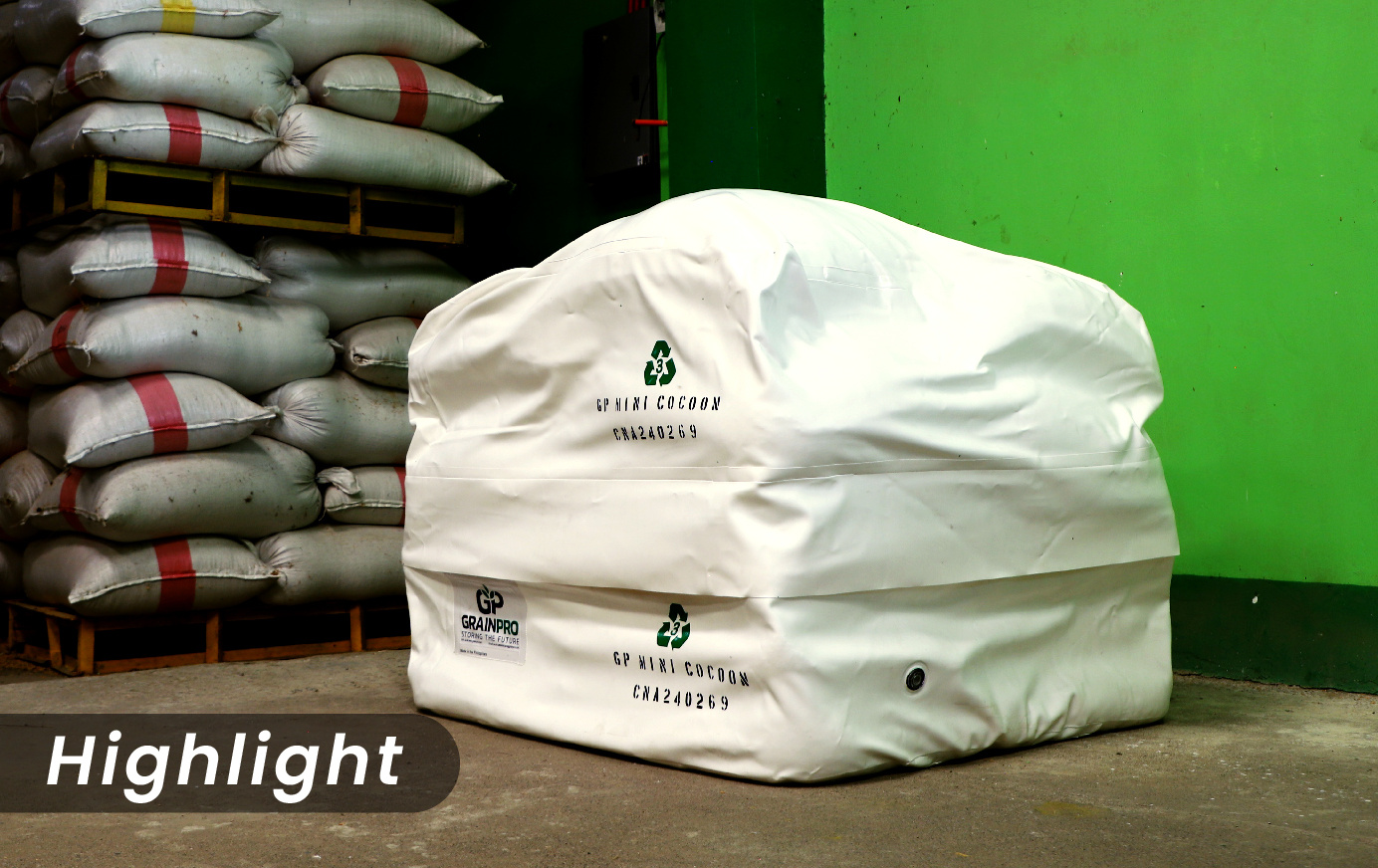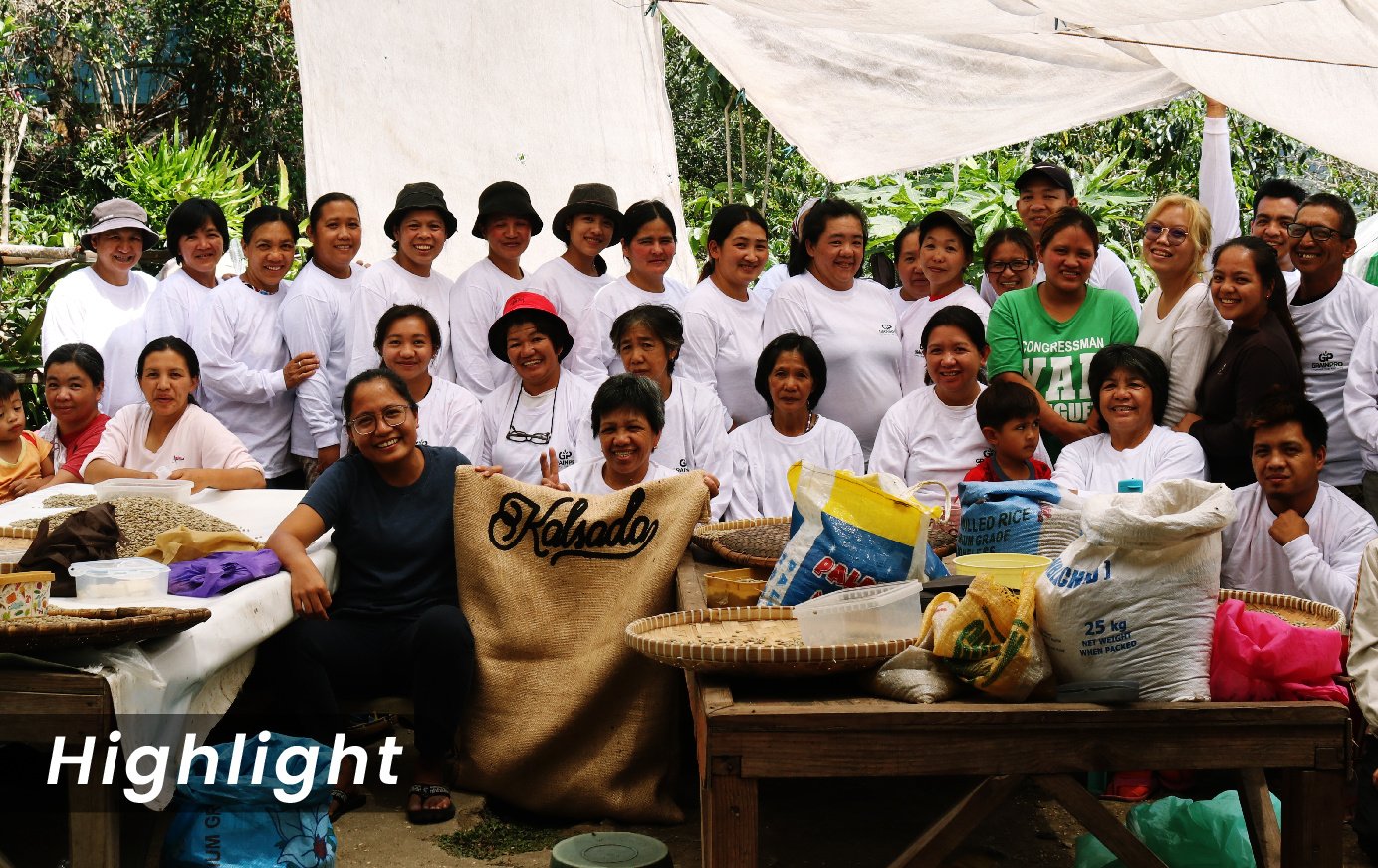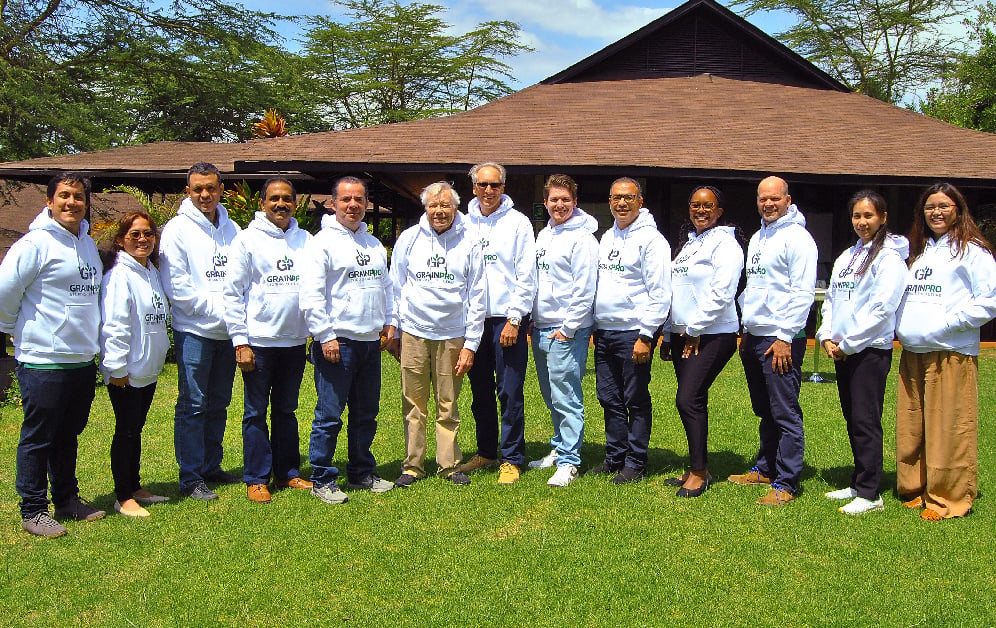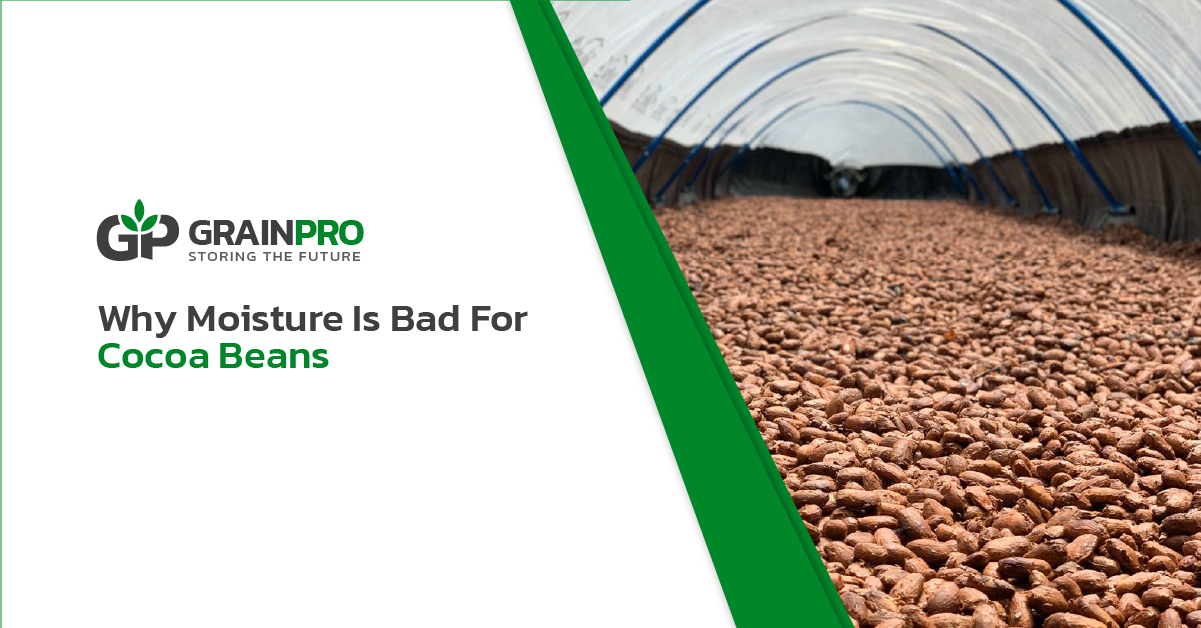Delightfully tempting as it blends the complex flavors of bitter and sweet, many people would describe the taste of chocolate as it is – a taste of heaven. As magical as it is, chocolate did not just magically come to be. This wondrous creation that billions of people love results from many thorough processes starting from its origin: the cocoa beans.
Cocoa beans come from the pods of Theobroma cacao or cocoa trees. Despite originating in the ancient civilizations of Mesoamerica, Western African countries are the top producers of cocoa beans today.
During the harvest season, farmers carefully gather cocoa pods using sharp blades. Upon opening the harvested pods, cocoa beans are still covered in sweet white pulp and must undergo several thorough processes before achieving the characteristics we love.
Related: Cocoa Processing: A Bean to Cup Story
Proper Drying
After harvest, cocoa beans are fermented, cleaned, and dried. According to the International Cocoa Organization, finishing all the necessary chemical reactions for the desired cocoa flavors stems from proper slow drying. There are two methods to the cocoa drying process: traditional sun-drying and artificial mechanical drying. Sun-drying, the more common method, can last for a week to bring the cocoa beans’ moisture level down to 7% – the ideal level for storage.
Related: How to Dry Cocoa Beans The Right Way
Slow drying requires care and attention, especially with temperature and duration. Casehardening may happen when exposing cocoa beans to temperatures above 60°C, resulting in a hardened shell. This hardened cocoa exterior traps the inner moisture, which leads to inadequately and unevenly dried cocoa beans.
Considering time is also critical during drying. Prolonged drying duration can result in overdried and low-quality cocoa beans. Rushing, while possible with mechanical dryers, can still leave room for mistakes such as excess moisture.
Moisture in Cocoa Beans
If there is one thing we can infer from proper drying, it is the importance of managing the moisture content levels of cocoa beans. Thus, this gives us a question: why is moisture bad for cocoa beans?
Moisture is not necessarily bad at the right level, although it becomes a problem if it’s lacking or in excess. Lack of moisture due to overdrying mainly affects the physical quality of cocoa beans, resulting in fragile and unevenly sized beans. These overdried beans are typically hard to process, which leads to extra costs. Likewise, excess moisture deteriorates cocoa bean quality and compromises safety.
One of the main determinants of cocoa bean quality is its flavor. Off-putting rancid flavors can indicate low quality and problems during cocoa processing. Cocoa rancidity results from high amounts of free fatty acids (FFA), influenced by excess moisture or re-wetting of cocoa beans. According to the International Cocoa Trade, the acceptable FFA is limited to less than 1% in fresh cocoa beans and 1.75% in cocoa butter as regulated. The presence of high FFA can also be related to a high percentage of molds in cocoa beans.
Molds thrive in excess moisture, regardless of whether it is due to improper drying or re-wetting. While moldy flavors are bad enough for chocolate quality, molds also produce harmful mycotoxins, such as ochratoxin A and aflatoxins. Continuous and high-level exposure to these mycotoxins may result in health issues affecting the immune system and major organs like the liver and kidneys.
The proper moisture level is ideal and crucial for cocoa quality and safety. Thus, it is equally important to utilize post-harvest solutions that safely preserve your cocoa beans while maintaining the ideal moisture. Climate-smart solutions like the GrainPro® Bubble Dryer™ are perfect for reliably drying cocoa beans. Its transparent top cover prevents re-wetting from sudden rains while allowing the needed solar energy to dry the cocoa beans.
After drying, you can safely protect cocoa beans through hermetic solutions with superior air and moisture barriers. Useful for storage and transport, the GrainPro® Hermetic Bag Premium™ blocks out moisture and prevents re-wetting regardless of the outside temperature. This liner also effectively inhibits mold growth and its harmful effects. For more transport security, the GrainPro® TranSafeliner™ provides the same reliable protection for valuable commodities, like cocoa beans, from origin to destination.
Related: Controlling Aflatoxins Through Improved Post-harvest Practices
Having reliable post-harvest solutions can make a difference in achieving and maintaining the ideal moisture level for cocoa beans. Learn more about GrainPro’s post-harvest solutions through the button below.
Date Published: February 26, 2023





